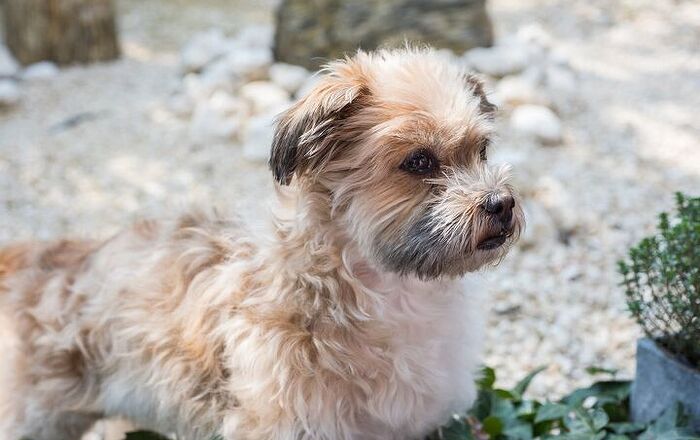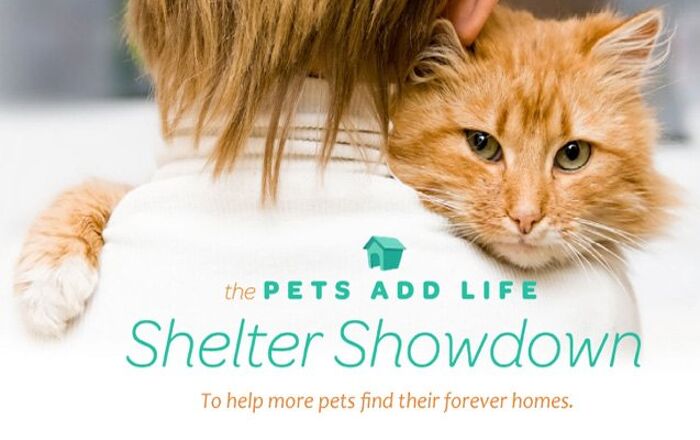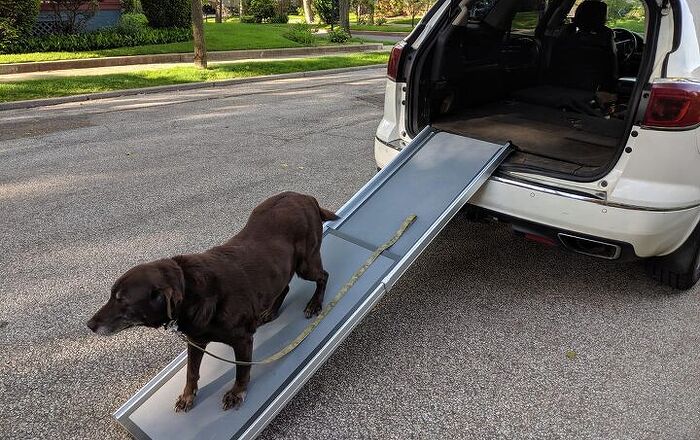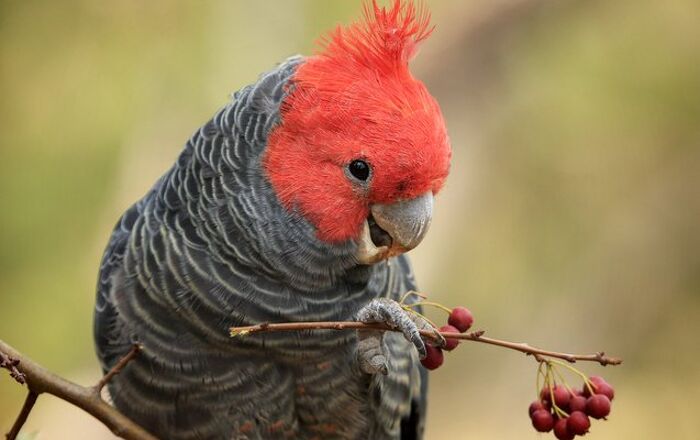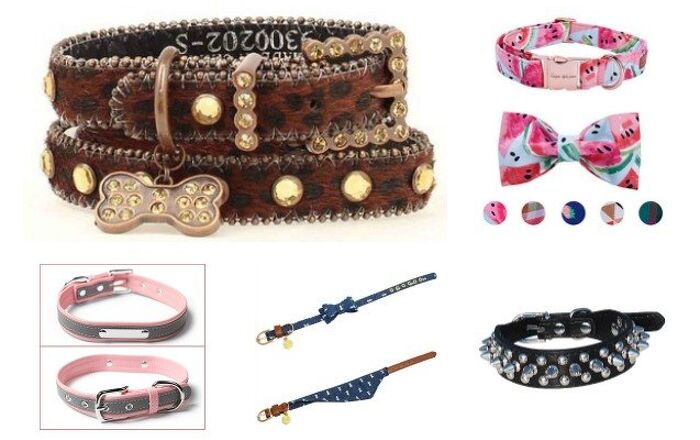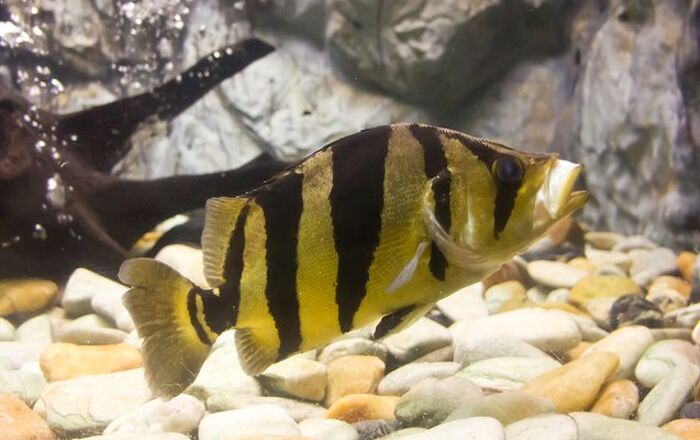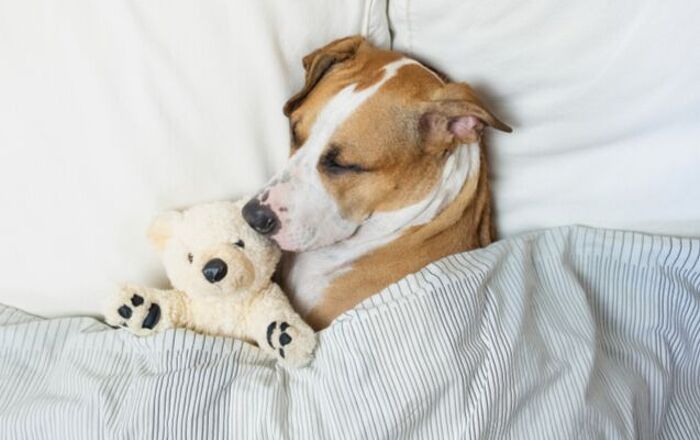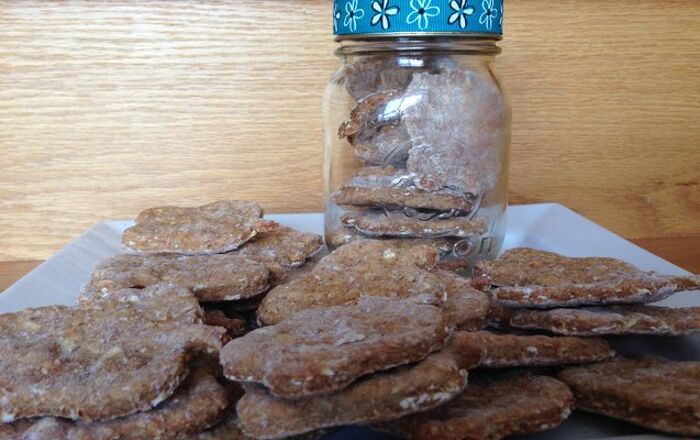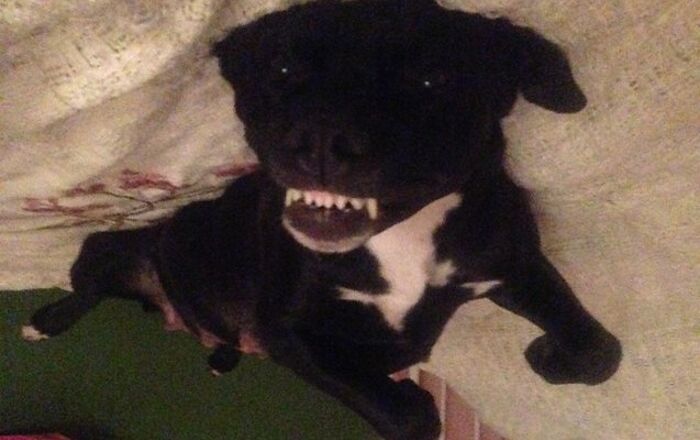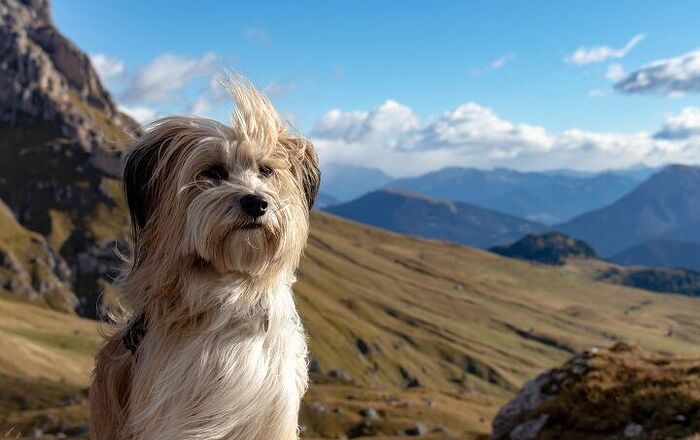
Is Spot getting spots he shouldn’t be? Dogs can get those annoying pimples, and while not a threat to his health, they can be irritating to his skin.
If you think back to your teenage years, you may remember struggling with acne. Hopefully by now your blemishes have gone away but you may see them in an unexpected place – on your dog. That’s right, dog acne is a thing and it can be a painful or irritating condition. Keep reading to learn more about pimples in dogs and what you can do about them.
Related:Why Not Use Human Shampoo on Your Dog?
Understanding Acne in Dogs
Acne in dogs develops when the hair follicles become irritated. It is most commonly seen in dogs between the ages of 5 and 8 months and it usually goes away by the time the dog reaches 1 year of age. Also known as chin pyoderma or muzzle folliculitis, acne in dogs typically forms on the chin, muzzle, and around the lips. In rare cases, it can also appear under the tail or on the dog’s flanks. Pimples usually develop as hard, reddish-purple areas of raised skin but when bacteria gets under the surface it can lead to the development of whiteheads, or pimples filled with pus. Other symptoms of acne in dogs include:
Related:Top 5 Best Supplements For Dry Skin On Dogs
In mild cases of dog acne, the dog usually doesn’t experience much discomfort. When the pimples spread and become filled with pus, however, it can be irritating or even painful. Unfortunately, the underlying cause for dog acne is poorly understood which makes prevention tricky. Many veterinarians believe that acne is the result of a bacterial infection and that it may be secondary to some kind of trauma or another trigger. Others suggest that there may be a genetic predisposition for dog acne or that hormones play a role in triggering its development since it primarily affects puppies.
What Can You Do About Them?
The primary goal of treatment for dog acne is relieving the dog’s pain and discomfort, if there is any. The next goal is to resolve any primary or secondary bacterial or fungal infections that may be contributing to the problem. The third goal is to control and prevent recurrent outbreaks. Treatment options for dog acne vary depending on how severe and chronic the condition is.
In mild cases, cleaning the affected area with benzoyl peroxide once daily is the best option. Once the acne is resolved, the area can be cleaned once a week to prevent recurrence. In more severe cases, anti-inflammatory medications may be applied topically to reduce inflammation and control infection. Oral antibiotics may be recommended in cases where antibiotic-resistant bacteria are the source of the infection. In some cases, it may even be necessary to biopsy the area to determine the best and most effective course of treatment.
In most cases, the prognosis for dog acne is excellent – most dogs make a full recovery. It is also fairly common for cases of dog acne to spontaneously resolve on their own when the dog reaches maturity. In other cases, however, the dog may require lifelong treatment with lotions, creams, or ointments but, fortunately, these treatments are easy to administer.

